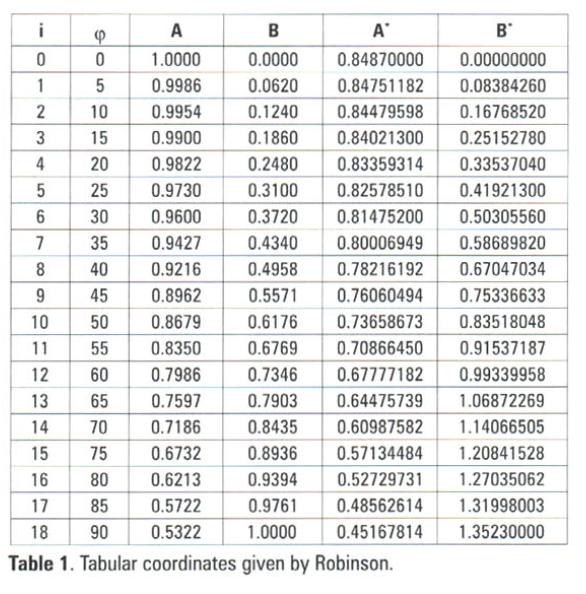

There are two main methods of expressing the scale of a map: Words This relationship is constant, in whatever direction the distances are measured on large scale maps such as the 1:25 000 series. The scale of a map can be expressed as a representative fraction or as linear scale. Remember your GPS may show locations as 200m different if the map is not based on the GDA. If it is not present, check the datum used.


Look for the GDA logo on your topographic map. WGS84 is the most common default datum in GPS.Ī major implication of this change is that GDA coordinates (latitude and longitudes and eastings and northings) differ from their AGD predecessors by approximately 200 metres in a north-easterly direction.

For the most practical navigation purposes WGS84 and GDA coordinates may be regarded as being the same. The primary reason for this change is the widespread use of satellite-based navigation systems such as the Global Positioning System (GPS), which is based on the geocentric datum known as the World Geocentric System 1984 (WGS84). This new datum was defined in 1994, and is based on a mathematical surface that best fits the shape of the earth as a whole, with its origin at the earth’s centre of mass, hence the term ‘geocentric’. The AGD84 coordinates are based on the same datum as AGD66 and for map reading and navigation purposes can be regarded as the same.įrom the year 2000, all Australian mapping authorities are using a new datum, the Geocentric Datum of Australia (GDA). In 1984 some Australian States adopted an updated version of this datum, known as AGD84. This datum best fitted the shape of the Earth for the Australian mainland. In 1966 the Australian Geodetic Datum (AGD) was defined. Mapping and coordinate systems are based on a datum, which is a mathematical surface that best fits the shape of the Earth. Vertical distance between contour lines on that particular map Method of indicating the scale of the map Gives the title and number of adjoining maps Gives map production details including the reliability, grid(s) shown, datums adopted Gives a legend of the symbols used on the map to represent various features, together with their meanings Shows, for a given year, the relationship between true, magnetic and grid north and their variations from grid north over time
#Lat long ruler utm coordinate converter how to#
Identifies the map edition and the map numbering system (map number)ĭescribes how to determine a six figure grid reference UTM numbers are usually marked in a smaller text (and without degree symbols) along the edges of the map, and UTM gridlines may be marked in a different colour from latitude and longitude lines.It may be the name of an important town or an area and indicates roughly the location of the mapĭescribes the type of map, e.g. Take care not to confuse the latitude and longitude lines with UTM lines, another type of grid coordinate system often found on maps.The map should also indicate where the latitude and longitude depicted are relative to the equator and prime meridian, respectively (e.g., North or South, East or West).For instance, there may be a Graticule marked at every minute within a degree instead of every degree (e.g., 32☀′, 32☁′, and so on). Depending on the scale of your map, the graticules may mark fractions of degrees rather than whole degrees.Longitude graticules are marked on the north and south edges. Latitude graticules are marked along the east and west edges of the map.These numbers are called “graticules.” X Research source Look for numbers along the edges of the map giving coordinates for each line.
#Lat long ruler utm coordinate converter series#
Latitude is indicated on a map by a series of evenly-spaced horizontal lines running from one side of the map to the other, while longitude is indicated by a series of evenly-spaced vertical lines running from top to bottom. Locate the latitude and longitude markers.


 0 kommentar(er)
0 kommentar(er)
